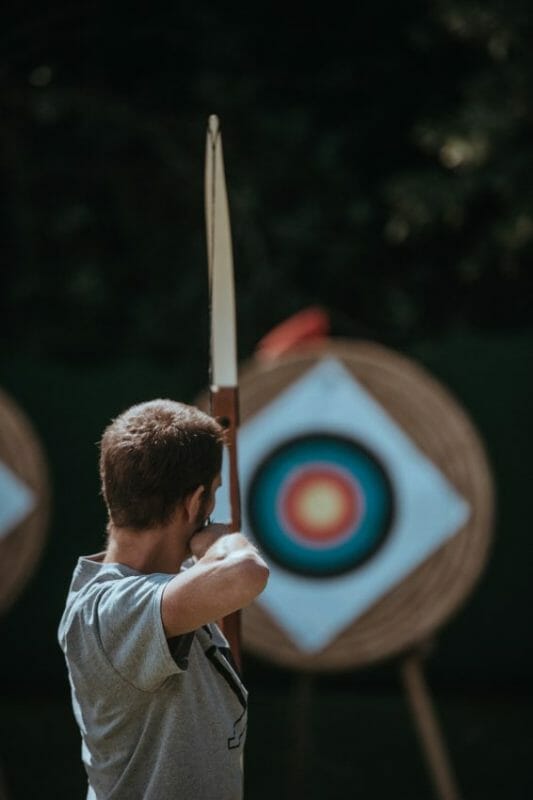Physical development is one of the most critical factors determining young athletes’ success in their respective sports. As a coach or parent, understanding the various ways to enhance the physical development of a young athlete is essential. It enables you to create a conducive environment to help them build a strong foundation for their future athletic endeavors. Industry expert Jessica Pfund will share some ways to understand and enhance the physical development of young athletes.
Proper Nutrition
The first and most crucial mechanism for strengthening the physical development of young athletes is providing them with proper nutrition. Young athletes require a balanced diet that comprises protein, carbohydrates, and healthy fats. These nutrients are essential for their bodies to perform optimally, build and repair muscles, and ensure they have enough energy for their sports. As a coach or parent, consulting with a nutritionist is essential to develop a diet plan that suits their needs.
Consistent Exercise
Consistent exercise is the key to physical development in young athletes. Athletes should participate in sport-specific exercises and engage in activities that enhance their cardiovascular health, speed, strength, and overall athletic ability. Establishing a regular exercise routine that is fun, engaging, and challenging for aspiring athletes is essential. Encourage them to participate in sports and activities to build flexibility, coordination, and balance.
On the other hand, it’s also important to be aware of the risks associated with overexertion in young athletes. Make sure they get adequate rest and recovery between workouts or sports practices.
Proper Rest and Recovery
Young athletes must rest and recover properly to build a strong physical foundation. Establishing a sleep routine that allows them to rest adequately is vital, especially after intense physical activities. Rest is essential for their muscles to repair and recover, which helps them perform better in their next outing. Encourage them to schedule rest periods between practices and competitions to prevent overexertion.
You can also give them essential recovery strategies like massage therapy and stretching to reduce soreness and fatigue. Additionally, ensure that your young athletes stay hydrated before, during, and after physical activities to prevent dehydration or heat exhaustion.
Hydration
Dehydration affects athletic performance and, in some cases, can lead to serious health complications. As a coach or parent, ensure that young athletes stay hydrated during and after physical activity. Encourage them to drink water before, during, and after practice, and limit their intake of energy drinks, which can cause dehydration.
One way to ensure young athletes stay hydrated is always to provide them with access to water or isotonic drinks. When doing strenuous physical activities, consider providing snacks that contain electrolytes, such as nuts, fruits, and vegetables.
Flexibility Training
Flexibility training is an important aspect of physical development for young athletes. It helps them improve their range of motion and reduce the risk of injury. Encourage young athletes to participate in stretching activities like yoga or Pilates, which can help them enhance flexibility and strength. They should also work on their core muscles by performing planks and crunches.
Good Body Mechanics
Proper body mechanics are essential for injury prevention and enhanced athletic performance in young athletes. Coaches should teach young athletes proper techniques and forms for different exercises and sports. This will help them avoid common injuries such as sprains, strains, and fractures, which can significantly affect their physical development in the long term.
Additionally, coaches must ensure that young athletes wear the appropriate gear before engaging in physical activity. Shoes, helmets, and protective pads should be properly fitted for maximum protection and comfort.
Mental and Emotional Support
Young athletes’ mental and emotional well-being is essential to their physical development. Encourage them to communicate their feelings, especially after setbacks or failures. Offer support, constructive feedback, and positive reinforcement. A positive mental and emotional environment can help young athletes develop a strong physical foundation.
For example, young athletes should be able to recognize their strengths and weaknesses so they can focus on improving the latter. Additionally, empower them to take ownership of their physical development by setting realistic goals and teaching them how to measure their progress. This will help them stay motivated and driven during challenging times.
Encourage and Recognize Progress
Encouraging and recognizing progress is a proven method of enhancing physical development in young athletes. Celebrate their achievements, no matter how small, and encourage them to keep pushing themselves. This helps them build self-confidence, enabling them to take on more significant challenges in their respective sports confidently.
In addition, regularly review their progress and provide feedback on areas they need to improve. This helps them stay motivated and focused on their goals.
Final Thoughts
Jessica Pfund considers that understanding and enhancing the physical development of young athletes is essential to their future success. Proper nutrition, consistent exercise, proper rest and recovery, hydration, good body mechanics, mental and emotional support, and encouraging progress are essential for building a strong physical foundation. Remember, no matter what sport they play, young athletes are still developing, so it’s crucial to focus on individual development and growth rather than wins and losses. Young athletes can build a strong physical foundation and achieve their full athletic potential with time, patience, and consistency.
